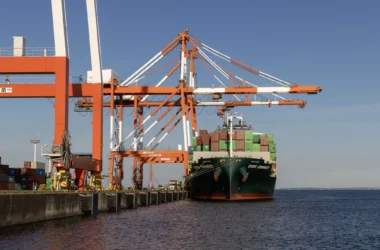Germany’s producer prices edged up by 0.5% year-on-year in January, marking the third consecutive month of inflation, but falling short of analyst expectations of 1.3%, according to official data from the Federal Statistical Office. The increase was mainly driven by higher prices for durable goods and capital goods, reflecting ongoing challenges in the economy.
January’s figures indicate persistent weak demand and heightened international competition. While non-durable consumer goods prices rose 3% compared to the same month last year, durable consumer goods prices saw a modest 1.1% increase. Capital goods costs also advanced by 1.9%, largely due to rising prices in machinery, motor vehicles, trailers, and semi-trailers.
In contrast, energy prices fell by 1% year-on-year, driven by declines in natural gas, electricity, and district heating costs, though mineral oil products became more expensive. Excluding electricity prices, producer prices rose by 1.2% annually.
On a monthly basis, producer prices dipped 0.1% in January, mirroring December’s decline but coming in below market estimates of a 0.6% drop. The Federal Statistical Office also reported that Germany’s economy contracted by 0.2% in 2024, marking the second consecutive year of negative growth. Factors contributing to this downturn included high energy costs, weak export demand, rising global competition, and ongoing geopolitical and economic uncertainty.
The economic situation worsened following the collapse of Germany’s coalition government in late 2024 after Chancellor Olaf Scholz dismissed Finance Minister Christian Lindner, leading to a lost confidence vote. Additionally, concerns have grown over potential U.S. tariffs under President Donald Trump’s administration, which could impact Germany’s key exports to the U.S., such as cars, vaccines, and packaged medicaments.
Looking ahead, Germany’s GDP is projected to grow by 0.7% in 2025 and 1.3% in 2026. Inflation is expected to average 2.1% this year before easing to 1.9% in 2026.




